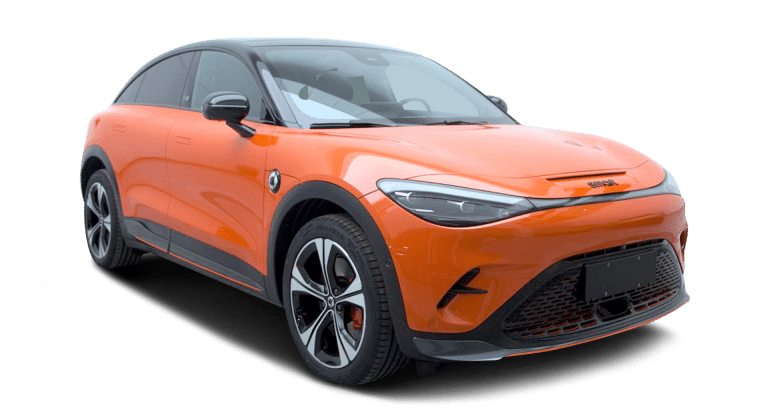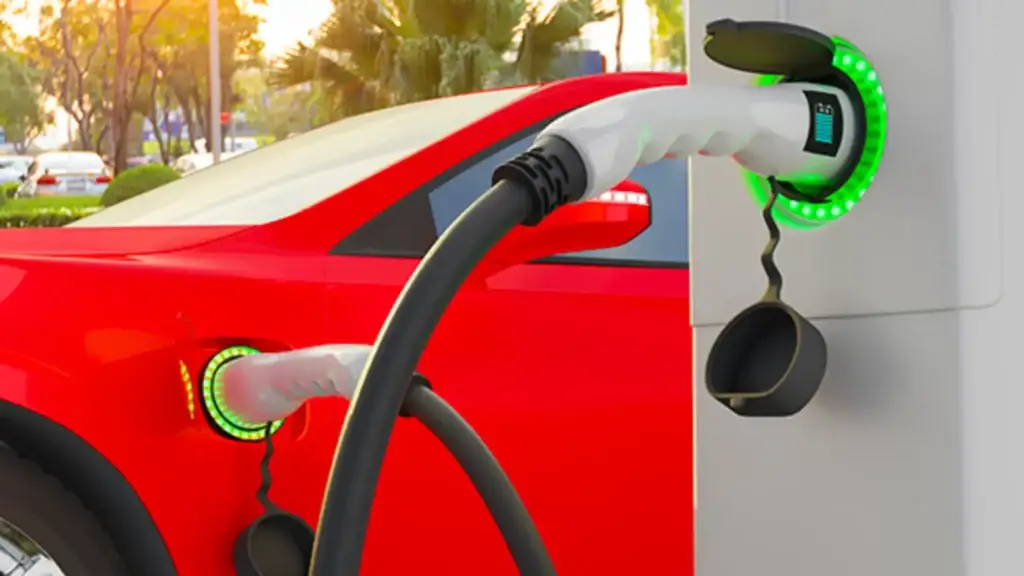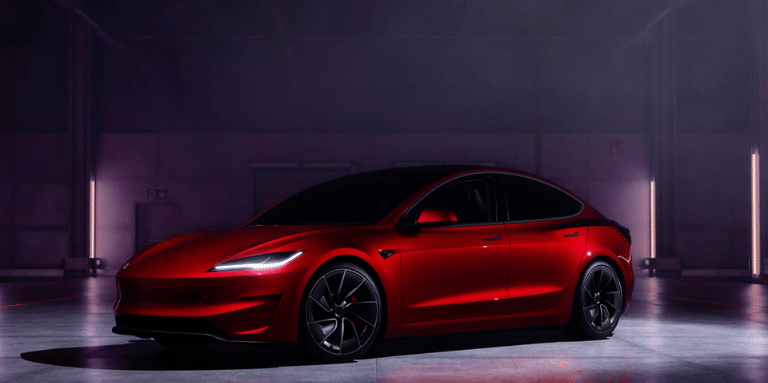A few electricity basics to understand charging power
To understand electric car charging, we need to draw on a number of physics concepts, particularly electricity.
The power is a physical quantity, which corresponds to the quantity of energy supplied per unit of timei.e. one second. Its unit is the Watt. Electrical power is equal to voltage multiplied by current.
The voltageexpressed in Voltis the difference in electrical level between two terminals of an electrical system. It allows the passage of electrons.
L'intensityexpressed in Ampereis the flow of electrons in an electric circuit at a given moment.
If we draw an analogy with a river, tension would be the difference in altitude between two points that allows water to flow, while intensity would be the flow of water.
There are two types of electric current: direct direct current and alternating alternating current.
In direct current, electrons flow continuously from the negative pole to the positive pole.
DC power is used to supply energy to batteries, and batteries supply DC power to electrical systems.
In alternating current, electrons flow back and forth between the two poles. The frequency of these directional changes is measured in Hertz (Hz).
Alternating current is used to transport electricity over long distances. The power grid in France is based on alternating current.
How recharging an electric car works
Electric cars have two ways of recharging their batteries:
- The car is connected to an external power sourcei.e. an outlet, a recharging point or another battery.
- The braking generates electricity to recharge the battery.
Since electricity from the grid is alternating current, and a battery can only be recharged with direct current, electric cars are equipped with an on-board on-board chargera transformer that transforms alternating current into direct current and then supplies the battery.
If the electric car is powered by a DC source (which may be the case, we'll tell you more below), the electricity can then be used almost directly to power the battery.
Different types of recharging at different power levels: alternating current and direct current
As explained above, an electric car can be supplied with AC or DC power to recharge its battery.
With alternating currentelectricity must pass through the car's on-board charger to recharge the battery.
This on-board charger is capable of taking maximum power. Note that the more power the on-board charger is able to draw, the more expensive and bulky it is.
To keep prices affordable for electric vehicles, whose production costs are already weighed down by battery costs, automakers are seeking to limit the power of on-board chargers.
The maximum charging power of an AC electric car is therefore limited by the car's on-board charger. limited by the car's on-board charger. This aspect is discussed in more detail below.
In direct currentelectricity can almost directly supply the vehicle's battery, and is not as limited by the on-board charger.
However, alternating current from the power grid still has to be converted into direct current. This takes place in charging stations. The charging fast or ultra-fast charging stationswhich can be found in freeway service areas, for example, incorporate an AC/DC transformer.
This is why DC fast-charging stations are much more expensive to install than AC charging stations. They incorporate a high-power AC/DC transformer, an expensive piece of equipment.
How powerful are electric recharging stations?
Normal charging stations, which recharge with alternating current, are available in 4 standardized wattages:
- 3.7 kW
- 7.4 kW
- 11 kW
- 22 kW
These wattages have not been chosen at random, but correspond to distinct amperage levels and two different types of electrical network.
3.7 kW and 7.4 kW correspond to AC charging on a single-phase grid. single-phase electrical network, i.e. with a single phase. This is the most common type of electrical network in France, equipping over 80% of home installations.
The 3.7 kW charge at a maximum current of 16 amperes. Since the voltage of the French electricity grid is 230 volts, this means 230 x 16 = 3680 watts, or 3.7 kW.
The 7.4 kW terminals take a maximum current of 32 A, 230 x 32 = 7360 watts, i.e. 7.4 kW.
The 11 kW and 22 kW charging stations use three-phase electrical networks, i.e. they have three phases .
The 11 kW charging stations charge at a maximum current of 16 A on the three phases of the electrical network, (16 x 230 x 3 = 11,040 W = 11 kW).
The 22 kW terminals charge at a maximum current of 32 A on all three phases, (32 × 230 × 3 = 22,080 W = 22 kW).
The alternating current terminals are for private individuals or condominiumsas well as for company parking lots for recharging employees' vehicles.
The fast or high-power charging stations send direct current to vehicles.
Direct current (DC) charging stations start at 25 kW, but the most common are those rated at 50 kW and 100 kW. Ultra-fast charging stations are available up to 350 kW or more, but they are still very rare, as they are very expensive and there are no suitable vehicles available at the moment.
What charging power can electric cars tolerate?
The electric car also determines the charging power available, via its on-board on-board charger.
The on-board charger converts alternating current from the electrical grid into direct current to power the bollard. It tolerates a maximum power and can take either single-phase or three-phase current. The charging station and the vehicle communicate to ensure that the right power is sent to the car, to avoid any technical problems.
For example, the new-generation Jaguar I-Pace tolerates a three-phase charging capacity of 11 kW. If this car is connected to a 22 kW charging station, it will only charge at 11 kW.
On the other hand, if you connect the same car to a 3.7 kW terminal, it will only charge at 3.7 kW.
What impact does the type 2 charging cable have on charging power?
Similarly, the type 2 charging cable used to connect the charging station to the car has an impact on charging power.
Each charging cable tolerates a maximum charging power.
If we connect an 11 kW cable to a 22 kW terminal, then a car that can tolerate 22 kW of charging power will only recharge at 11 kW.
This prevents the cable from overheating during charging.
What impact does the electrical installation have on charging power?
Finally, the last part of a charging infrastructure: the electrical grid of the installation site.
Charging stations are available for single-phase or three-phase electrical networks. If the electrical network is single-phase, then a single-phase charging station must be installed. If the electrical network is three-phase, you can install either a three-phase or a single-phase charging point.
Individuals and businesses alike choose the contract power of their electricity subscription when they sign an energy supply contract. The contract power is the maximum power that the electrical installation can draw from the power grid.
Recharging power must not exceed the subscribed power, otherwise the charging station will trip the electrical installation each time it is used. The subscribed power of an electrical installation therefore determines the maximum possible recharging power.
The other equipment connected to the electrical system also have an influence on charging power. If other equipment consumes electricity within the electrical system, this reduces the charging power available to the charging station.
That's why a charging station installer always checks the power available on the electrical installation before proposing a recharging solution.
What are the best solutions for recharging at maximum power?
Implement an energy energy management to optimize charging power.
Energy management means that the bollard's power is controlled by an intelligent system to adapt it to existing constraints, for example depending on what other appliances are switched on in the house, or the electricity tariff.
By ensuring that the maximum power tolerated by the electrical network is never exceeded, an energy control system prevents any risk of disconnection.
In conclusion, many factors influence the maximum charging power of an electric car. Calling on the services of a specialized installer means you can recharge at the right power for your use with complete peace of mind.





